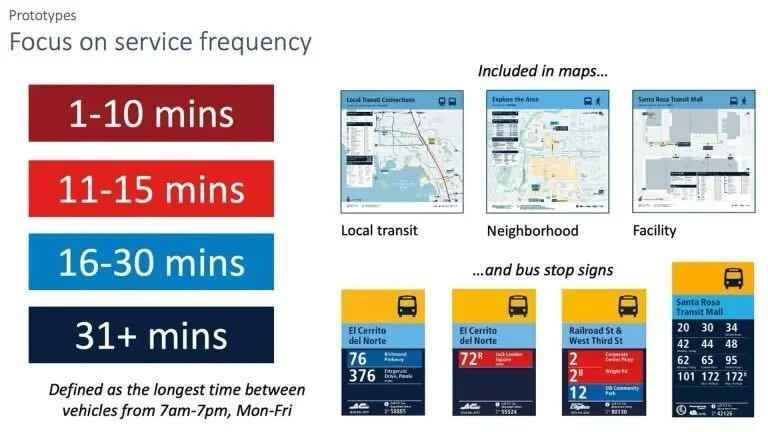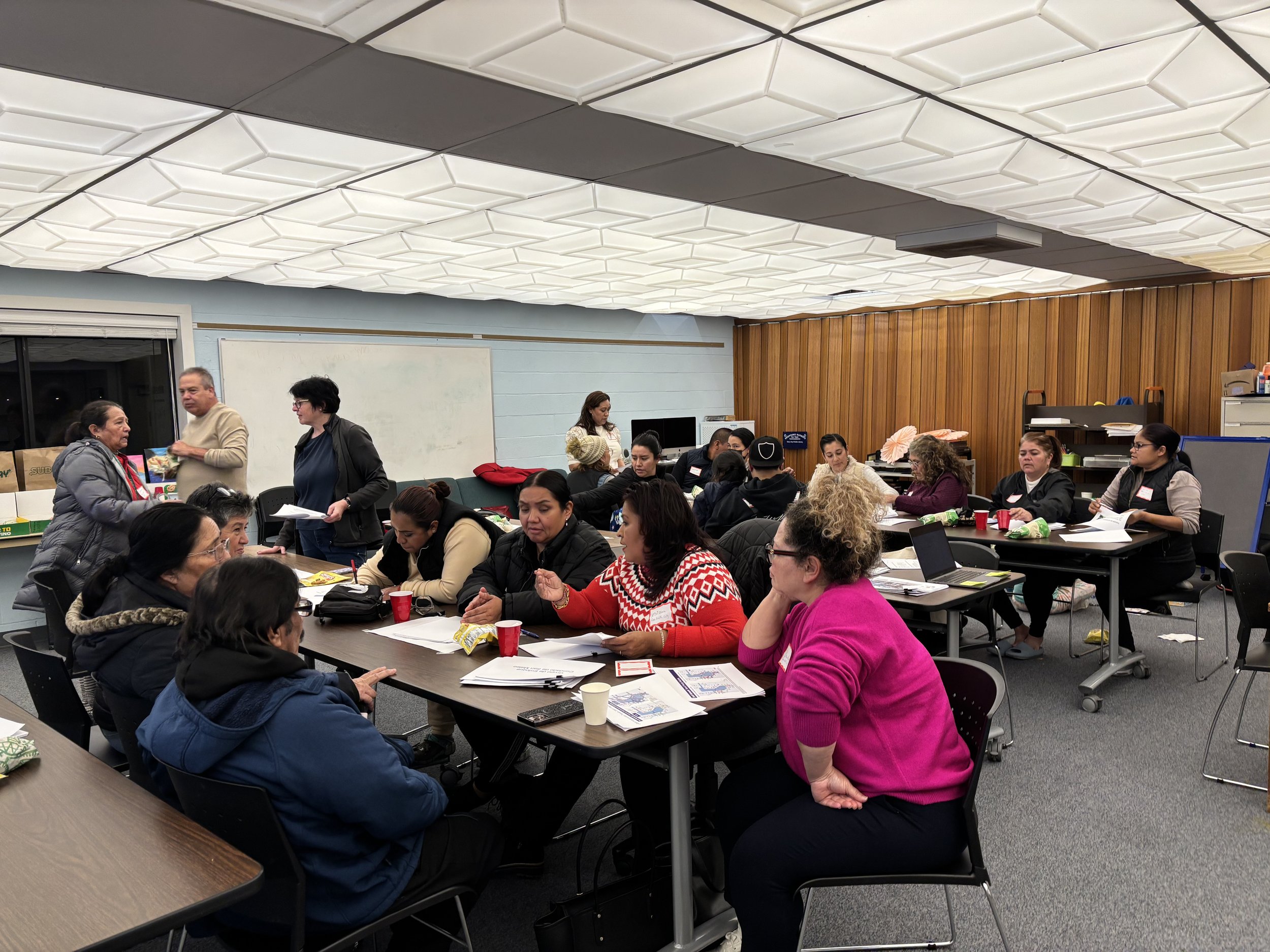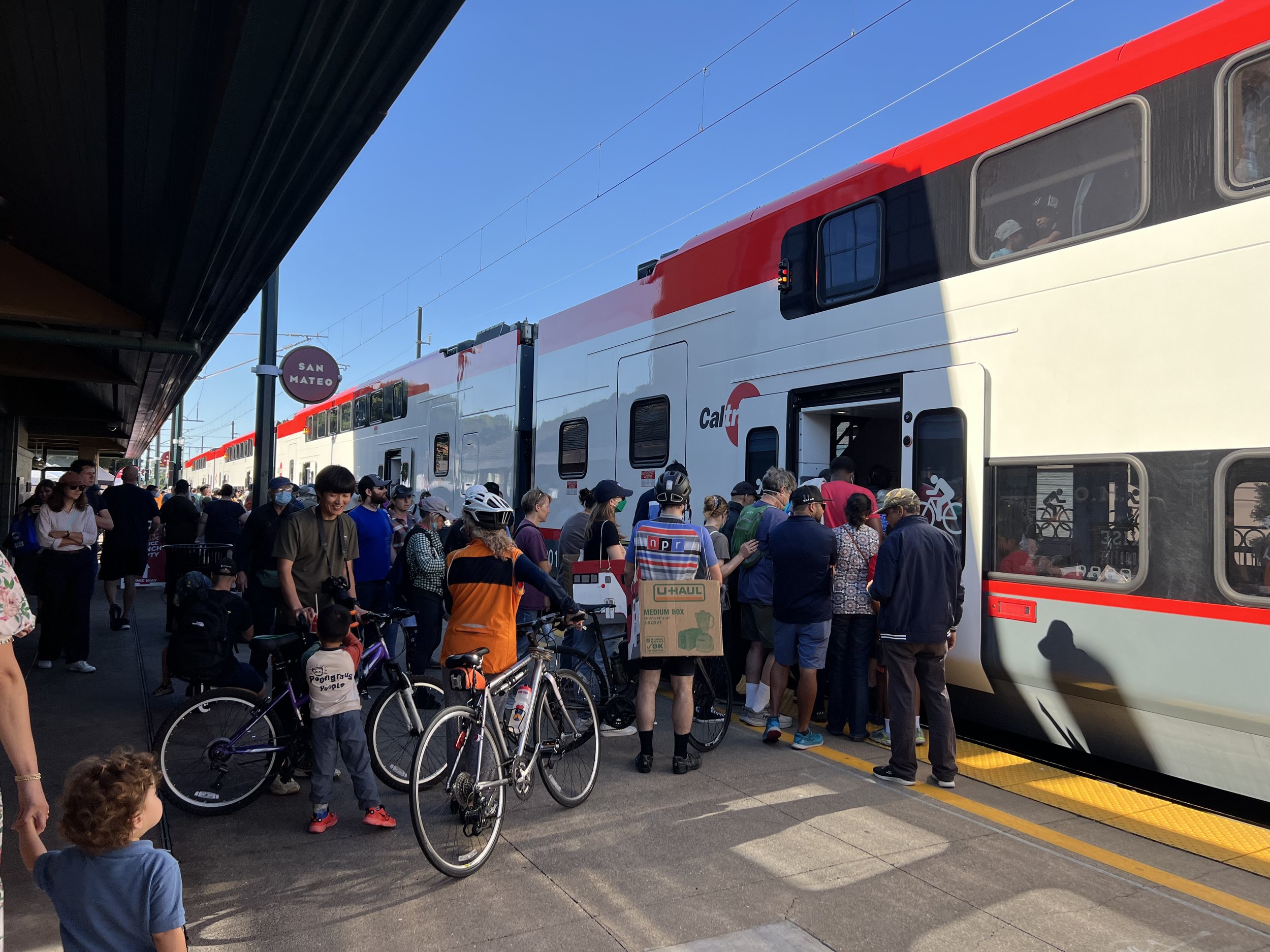Seamless Bay Area Wrapped - 2024 Year in Review
Looking back on 2024, we’re seeing steady progress toward more seamless transit across the region - a direct result of Seamless Bay Area’s effective advocacy over the last five years. Continuing that progress will depend on regional and state funding, and bolder, faster action from our policymakers and transit agencies.
Here’s a summary of what we’ve accomplished in 2024, and the 2025 opportunities that will need your help and support. Consider making a year-end donation to Seamless Bay Area to ensure we can continue this critical work that is succeeding in building a more user-friendly, higher ridership, equitable and accessible public transportation system.
More user-friendly and connected transit
Progress toward integrated, affordable fares is accelerating with the 4x expansion of the Clipper BayPass all-agency transit pass pilot program, and long awaited rollout of free transfers, plus open payments allowing riders to pay for transit with a tap of a credit or debit card. The BayPass is already leading to a 40% increase in transit ridership in the first phase of the pilot.
There are likely to be more exciting opportunities in store in 2025 as the region considers next steps to realize the region’s Fare Policy Vision which could include fare capping across agencies and standardizing regional fares.
Better transfers around the region. Twice a year, agencies work together to adjust their schedules and improve transfers - a change that happened thanks to Seamless Bay Area’s advocacy. The second “big sync” of the annual cycle is happening in mid-January, bringing better connections between BART and Caltrain at Millbrae.
New prototype maps and signs were rolled out for testing at the El Cerrito del Norte station in December, and are coming shortly in Santa Rosa. Instead of a hodgepodge of signs from the different agencies serving a station, the new harmonized designs and navigation are consistent, focusing on making it easier for riders to find their way and make transfers. The new designs also begin to communicate a common ‘look and feel’ for transit across the region, helping make transit in all parts of the region more approachable and familiar. Prototypes will be rolled out across all 9 counties in 2025.






A regional transit priority policy is in the works, creating an opportunity for a network of fast, frequent bus and light rail routes that don’t get stuck in traffic, making transit more convenient and increasing ridership. Transit priority policies have been effective in boosting ridership in San Francisco on key routes by 65% (see graphic). With a regional transit priority policy, we can ensure significant routes across the region get the improvements and funding they need to deliver faster, more reliable service.
The region created a “connected network plan” for the first time in history - a long-range transportation plan based on goals of fast, frequent, connected service around the region, and we worked with many partners to gather and elevate feedback from transit riders for frequent, well-connected, affordable service.




Accessible transportation for people with disabilities and seniors is getting coordination improvements with “one seat ride” pilots, standardized eligibility practices, and the use of Clipper for paratransit payment.
A bigger and more engaged transit-supporting community, fueling ridership regrowth
Seamless and San Francisco Transit Riders led the biggest transit month ever in September, with 69 events celebrating transit around the region, with 44 events were led by community groups, 14 by transit agencies, 3 by business organizations, 2 by cultural institutions.
Transit Month contributed to post-pandemic transit ridership peaks from BART, Muni, and Clipper around the region. The progress is helping Bay Area transit to recover from pandemic impacts, which is back to 69% of pre-pandemic levels in late 2024.








More transit-focused elected leaders
Seamless Bay Area worked with Transbay Coalition, SPUR, active transportation groups, and more to develop a candidate questionnaire for the 2024 elections that elevates seamless transit as a voting issue.
The questionnaire gathered responses from over 160 candidates answering questions about transit funding and coordination, and other sustainable transportation topics, raising these as voting issues. We are now following up with candidates who were elected to cultivate the next wave of seamless transit champions.
Opportunities in 2025 - funding, state transformation, regional acceleration
Essential funding at the state legislature
To keep progress going, it will be essential to raise funding to save and improve service. The region continues to project a funding gap over $800M worsening in 2026/27 as state and federal pandemic funding runs out. In 2025 the state legislature is working on regional funding authorizing legislation, including provisions to continue and strengthen seamless transit.
Adina Levin, Executive Director of Seamless Bay Area, speaking at the SB1031 bill launch event at Powell Station alongside Senators Weiner and Wahab on March 18, 2024.
Regional funding could take the region toward maintaining and improving transit service with progress toward seamless transit, or toward options that would ask voters to raise taxes and experience service cuts.
There will also likely be discussions in the state legislature about other funding sources including cap and trade. Your help will be essential in 2025 to speak up for transit funding that furthers seamless transit.
State transformation opportunities
The State Transit Transformation Task Force will continue to meet throughout 2025 and develop its final set of recommendations for state funding and policies to transform transit to achieve the state’s climate goals. Rider voices speaking up at key meetings in support of policies like fare and service integration will be critical, and once the report is complete, advocacy will be needed to convince legislators to enact the recommended policies that can drive transformation.
Bay Area advocacy groups, including Seamless Bay Area, organized an ‘ride-along’ with members of the State Transit Transformation Task Force at their San Francisco meeting in June. Transit agency staff participated and highlighted various initiatives underway to improve the rider experience. The ride-along led to important coverage by CBS News about the Task Force and the needs of riders.
Regional awareness and acceleration
Progress on seamless transit is steady but slow, and not enough people are aware of the improvements. We’ll focus on communicating the progress, and push our institutions to spread the word. For policymakers and for the public, seeing public transportation become more convenient and rider-friendly helps bring the legislative and voter support to bring funding to save and keep improving transit, which is essential for our housing, climate and equity goals.





And we’ll keep pushing for policies and laws to accelerate rider-friendly world-class transit. Fall 2025 will mark the two-year anniversary since the region’s preliminary network management structure was introduced, when MTC and transit agencies have committed to re-evaluating the structure for improvements. This is an opportunity to strengthen network manager authority, evolved from the current network management structure, with the capability to drive sustained, ongoing transformation, following in the footsteps of Zurich, Vancouver, and other world class transit regions.







